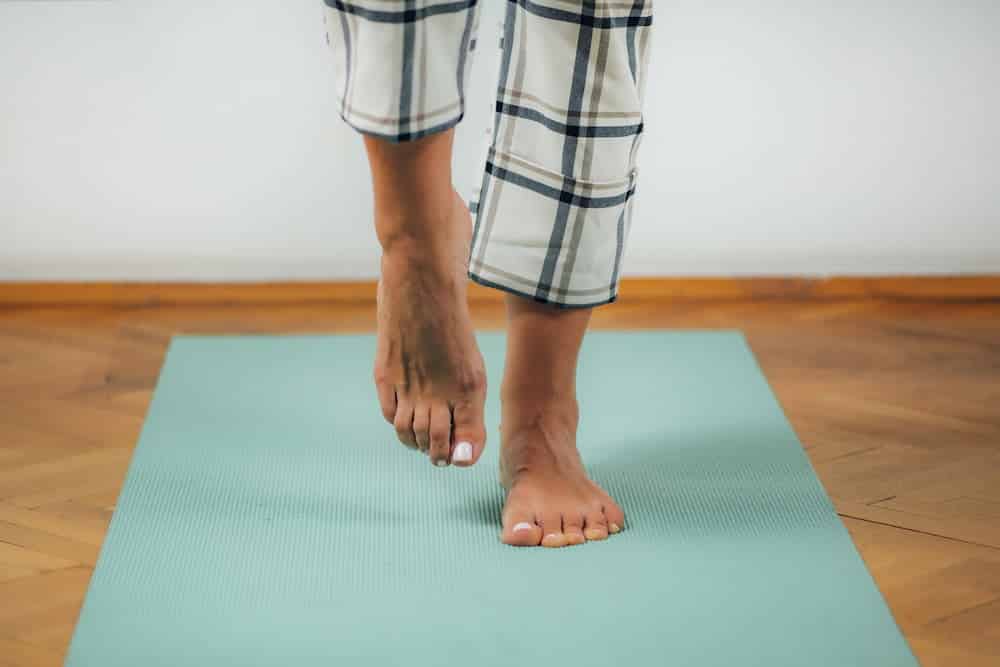That’s the question researchers asked 1,700 people aged from 51 to 75 years old. The researchers then followed the health outcomes of their subjects for the next seven years and remarkably, they found those who passed the balance on one leg test had a much lower rate of mortality than those that failed the test, which led them to find that good balance is a predictor of both good health and longevity.
Balance typically declines with age and whilst falls in older age can be a cause of injury and death the researchers were tracking fatalities from all causes, so good balance is measuring more than just the ability to not fall over.
Cognition
Balancing exercises have been shown to improve memory and spatial awareness, although scientists are not sure why. Balancing requires different parts of the brain to fire at the same time, so it’s thought that balancing strengthens neural connections and boosts neuroplasticity, the brain’s ability to re-wire itself.
Nervous system
Balance also requires your nervous system to be in good condition. For your body to understand its position in space (a skill known as proprioception), it requires complex neural messaging. Whilst a lack of proprioception can be an indicator of underlying health issues, it can also work in reverse, meaning if you train your body to retain its ability to balance, you can improve your nervous system’s functioning.
Strength and fitness
Good balance is typically an indication of better physical strength and fitness. It makes sense that if you lack good balance, it inhibits your ability to walk or be physically active, which can expose you to all of the risks a sedentary lifestyle brings. Prevention is always better than the cure, so doing simple balancing exercises is a simple way to retain strength, co-ordination, and the ability to move with ease as you age.
Tips to get balancing
Start with the one leg balance exercise. If you have any concerns about falling, you can have one hand on a wall or a sturdy chair or handrail. You can also include balance in everyday activities like balancing on one leg whilst you brush your teeth, or while you wait for a pot of tea to brew. Of course, Yoga and dance integrate balance and dynamic movement together, which is even more beneficial. No matter your starting point, extending your ability to balance brings many benefits.
Editor’s note: This wellbeing column provides information that is general in nature. Please always refer to your preferred health professional for advice suited to your personal healthcare requirements.
Get all the latest Canberra news, sport, entertainment, lifestyle, competitions and more delivered straight to your inbox with the Canberra Daily Daily Newsletter. Sign up here.



